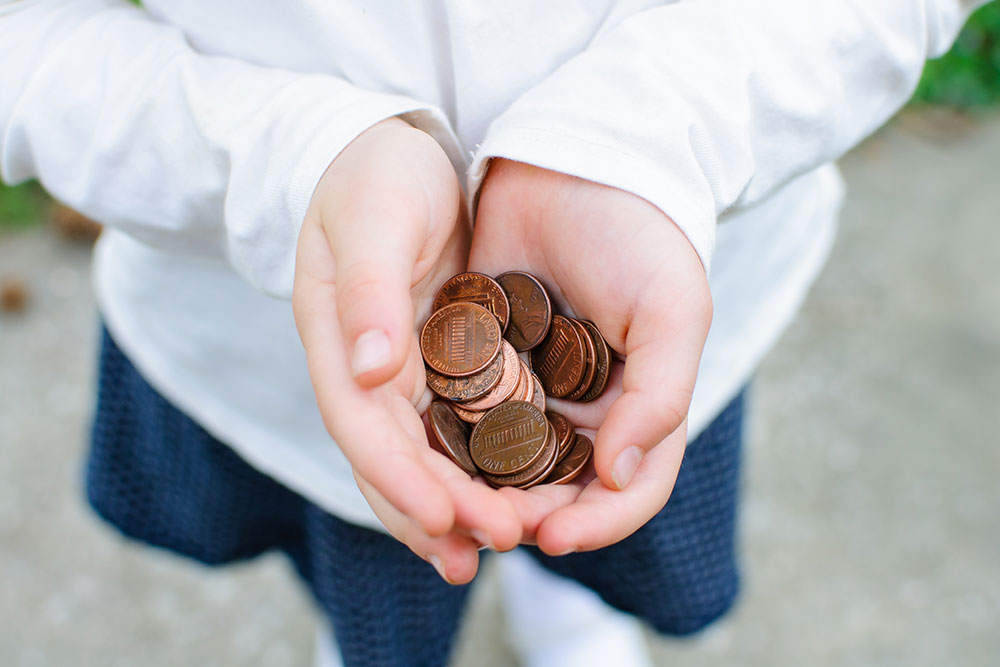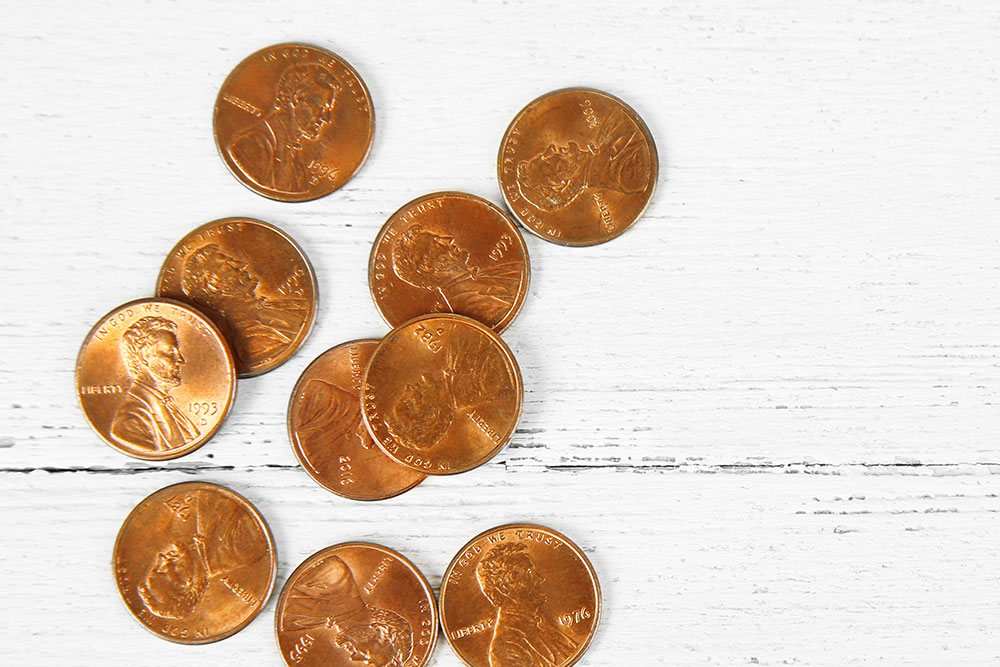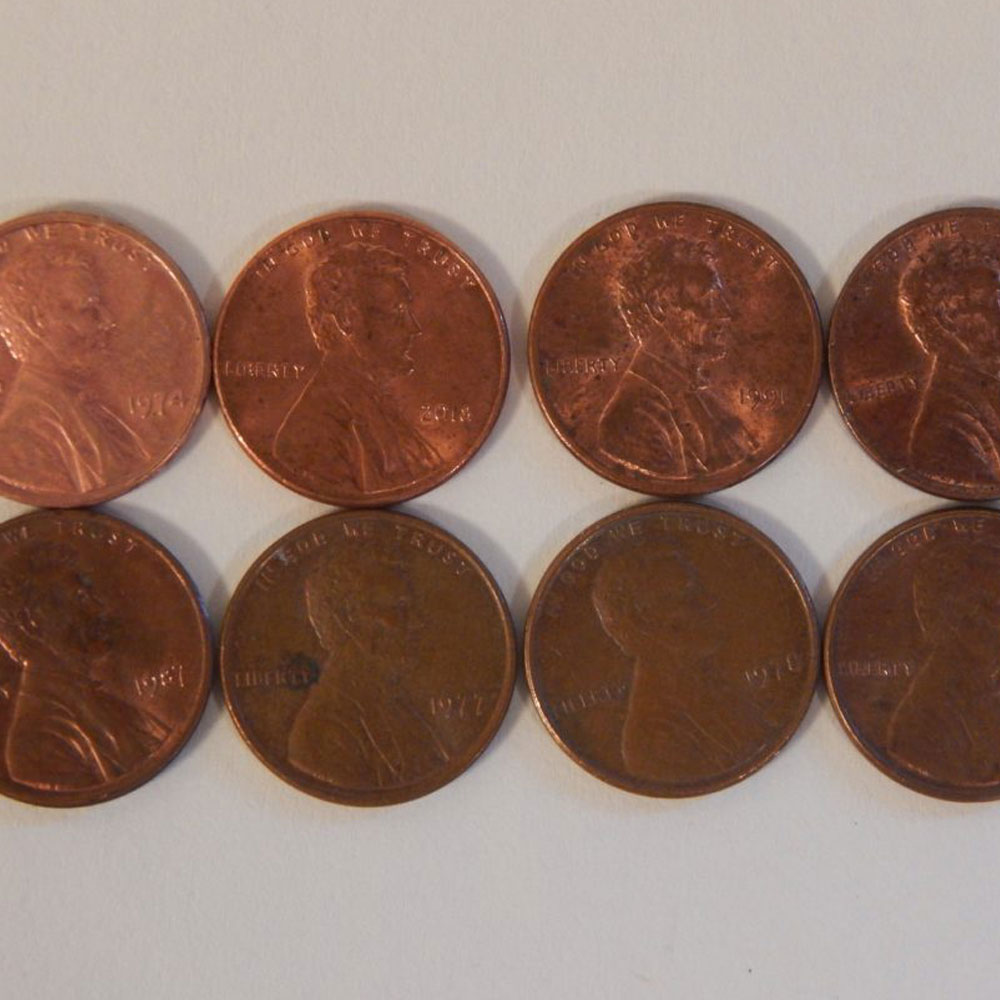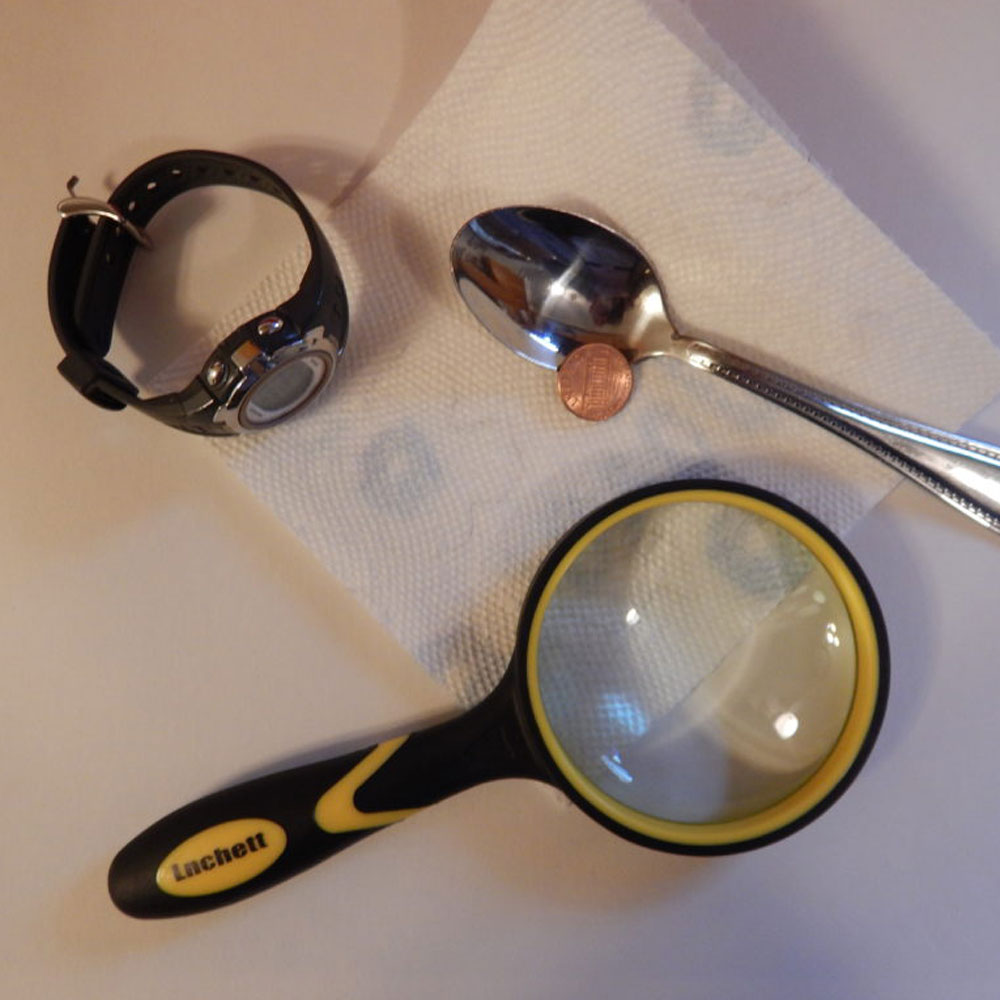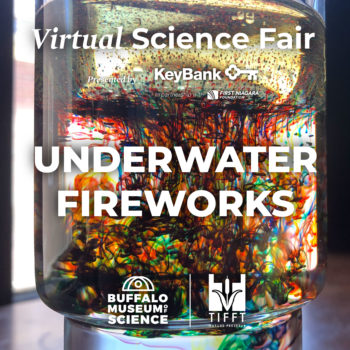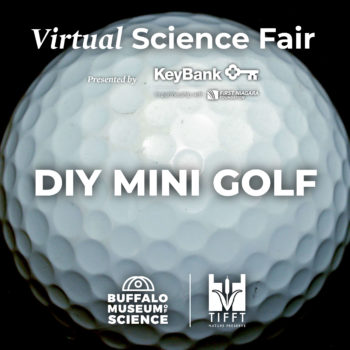A Penny Saved
Have science fun as a family! Complete activities with parental supervision.
Materials:
- A variety of liquids/solutions*
- Similarly tarnished pennies (same number as liquids/solutions)
- Small plastic or glass containers
- Timer or clock
- Paper Towels
- Paper
- Pencil or pen
- Spoons
- Optional: Magnifying glass
*We Used: Vinegar, Ketchup, Saltwater, Dish Soap, Lemon Juice, Soy Sauce, Toothpaste, Baking soda and water, Sand and water. Try whatever you have on hand! Do not use chemicals or cleaning agents.
Procedure
- Make a data chart or print this one.
- Number each container to match the numbers on your chart. This can be done with tape or small sheets of paper or paper towels under each container.
- Fill each container with about an inch of liquid- only one per container! Make sure the number on the container matches that liquid on your chart.
- Record your observations of what the penny looks like BEFORE placing it in the liquid/solution. Use a magnifying glass if you have one. (Helpful Hint: Include the year on the penny in your description, just in case you mix them up later on.)
- Write down your hypothesis (prediction): which liquid do you predict will make the penny the shiniest after one hour? Why?
- On the chart, record your start time.
- Place a penny in each container with the household liquid. Make sure, like the liquids, that the chart matches which cup you put the penny in.
- After 30 minutes, use a spoon or other utensil to remove each penny.
- Wipe the penny clean with a paper towel and record your observations. What does it look like now? Be sure to not mix up your pennies and keep them near their container!
- Compare and rank the pennies from shiniest to dullest.
- Return the pennies to their corresponding container and leave them in for another 30 minutes.
- Remove the penny, record observations and rank from shiniest to dullest again.
- Was your hypothesis correct? Why or why not?
- Be sure to take a picture to share in the Facebook comments on the Buffalo Museum of Science or Tifft Nature Preserve pages!
What’s it all about?
What metal gives pennies their distinctive color?
COPPER!
In atoms, opposites attract. So, the positively charged copper atoms in the penny are attracted to the negatively charged oxygen atoms in the air. They react to form copper oxide.
Try It!
Copper oxide is dark and dull, so older pennies look tarnished or dirty. Copper oxide dissolves in a mixture of weak acid and salt, so with a little experimentation,
you can use household materials to see what is most effective in cleaning the tarnished pennies.
